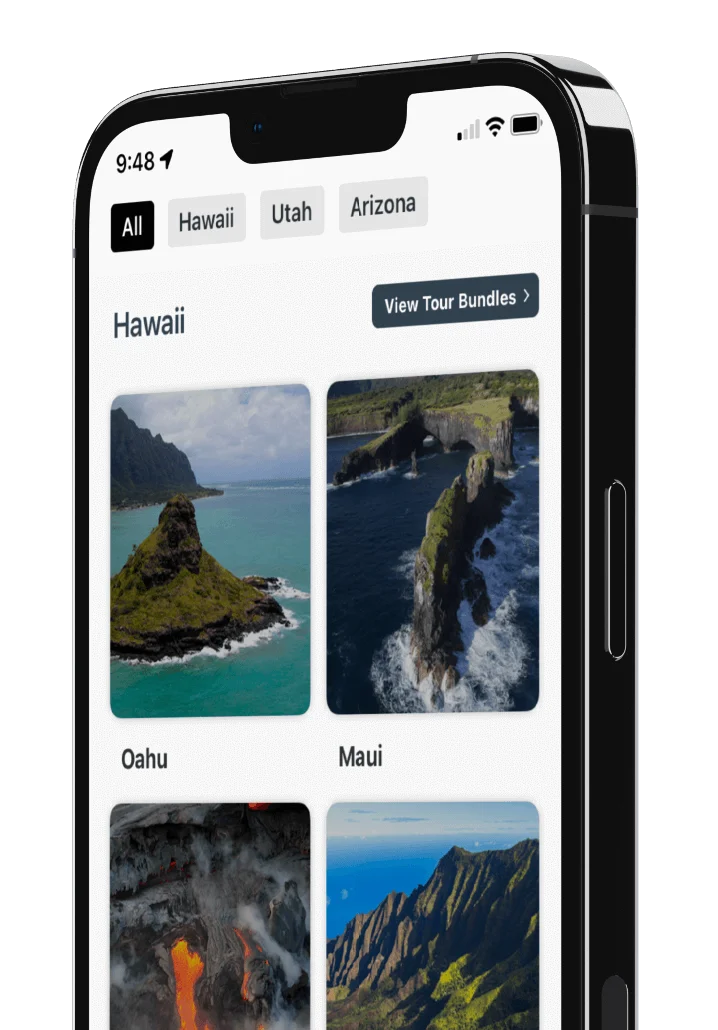
The Origin of El Capitan

Ok! Looks like we’re heading towards Tioga Road, Hetch Hetchy or the Big Oak Flat exit towards San Francisco. Sounds good! Coming up ahead are a few tunnels. We’ll be in and out of them for the next little while. And we’re beginning to pull away from the Valley and move upward in elevation… So Drive safe as we climb higher.
Say, did you get a good view of El Capitan when we were back in the valley? It’s especially mesmerizing during sunset. And it’s also where the natural firefall takes place around February every year. This giant hunk of granite rises over 3,000 feet above the valley floor. When the Mariposa Battalion entered the valley to forcibly remove the Ahwahneechee Tribe, one of the volunteers, Dr. Lafayette Bunnell, gave it the name El Capitan. It means “the chief” in Spanish.
Now, there’s the geological story of how El Capitan came to be. I talk about that back in the valley, where I describe the whole Sierra Nevada, including El Capitan, as one giant piece of granite.
But there’s another version of the story from the Ahwahneechee tribe. This version reminds us that even the biggest obstacles can be overcome by the smallest of us.
This tale takes place in a time when animals could talk. Or, depending on who you ask, when animals and people were kinda the same thing. Animals spoke, dressed, and even walked like people. I’ll leave it up to your imagination.
One day, Mother Grizzly Bear took her two cubs, Older Brother and Younger Brother down to the Merced River to catch some fish. They splashed and played in the water, scaring the fish away, so Mother Grizzly Bear sent them to hunt for berries instead.
“Don’t wander too far off!” she hollered. They played and splashed along the river until they became tired. There was a nice, inviting flat rock by the river, so they laid on it and took a nap. But then, a mysterious thing happened. As they slept, the rock grew bigger and taller. Up to the sky it grew until it was a huge mountain, with a sheer cliff facing the river. And the cubs? Fast asleep the whole time. Typical, right? Can’t get ‘em to sleep at bedtime, but if a mountain pops up underneath them… they sleep right through it.
Well, Mother Grizzly Bear wrapped up her fishing and went to look for her cubs, but they were nowhere to be found. She asked the other animals for help. “Have you seen my cubs?” she asked her neighbors. Mother Deer, Mountain Lion, Gray Fox, everyone helped the concerned mother look for her cubs. Finally, Red Tailed Hawk, flying high above the valley, spotted the cubs sleeping by the edge of a cliff. The animals raced to the bottom of the mountain, but it was a long way up. Mother Grizzly Bear leapt onto the cliff, but the smooth granite of the mountain was too slippery. She didn’t make it very far. All the animals, with their hooves, with their paws, with their claws, tried to climb the mountain to reach the cubs, but nobody could do it.
Poor Mother Grizzly Bear. Can you imagine? Her cubs were stuck on the top of a mountain, and she had no way to save them. What would you do?
Ah yes, the cubs were still asleep on top of a mountain, and Mother Grizzly Bear was out of ideas. As you can imagine, that’s a very terrifying situation for a parent, any parent!. Everybody had tried to climb up the cliff, but it was just too hard. Their paws just couldn’t hold on to the smooth granite. But then, when all hope was lost, an inchworm came by. “I can try,” said the inchworm. The animals laughed at him. Surely, if they couldn’t scale the cliff, neither could a tiny inchworm. They all laughed, that is, except for Mother Grizzly Bear. “Y-yes, thank you for your help,” she sobbed.
So the inchworm got started. As he climbed, he chanted “tu-tok, tu-tok, tu-tok.” You’ve seen an inchworm, haven’t you? They curl themselves into an arch and then reach out with their front legs to where they’re going. So imagine he said ‘tu’ when his body curved, and ‘tok’ when he stretched to climb. “Tu-tok, tu-tok, tu-tok.”
Up and up the inchworm climbed, brave and true but still very small. Even after a hard day of climbing, the animals standing at the base could still see him. But, he didn’t stop. And he didn’t turn around. Up he climbed, chanting “tu-tok, tu-tok.” That means something like “inch by inch.” And as he climbed, he left a sticky string on the cliff so he’d know the safe way back. Inchworms can do that you know, just like spiders.
After a few days, the inchworm reached the top of the cliff and woke the cubs. Everything about their situation was very startling, as you can imagine. So they began to cry.
The inchworm said “I know a safe way down. Older Brother, you’ll follow me. Younger Brother, take all the same steps as Older Brother.” In some versions, the inchworm carries the cubs on its back, but I have a hard time imagining that. So the three of them, slowly and carefully, hiked back down the cliff.
Meanwhile, the animals at the bottom of the cliff grew anxious. The cliff was so high, they long ago lost sight of the inchworm. And it had been a few days. But then, they saw them, tiny dots way up high, climbing down. The inchworm, following his string, told the cubs exactly where to climb, and they listened. And that way, they reached the bottom. The animals cheered! And Mother Grizzly Bear gave her cubs a great big bear hug.
To honor the inchworm’s bravery, the animals named the mountain Tu-tok-a-nu-la, meaning Measuring Worm Stone. To this day, that’s the Ahwahneechee name for El Capitan. There’s a great children’s book called Two Bear Cubs by Robert D. San Souci that tells this story. You’ll probably find it in gift shops throughout the park. Now, isn’t that a neat little story? I think it’s fascinating that the most impressive monolith in Yosemite also has the cutest name.
Want more stories like this?
Find more on our Yosemite National Park tour!

 Buy Gift Card
Buy Gift Card

















